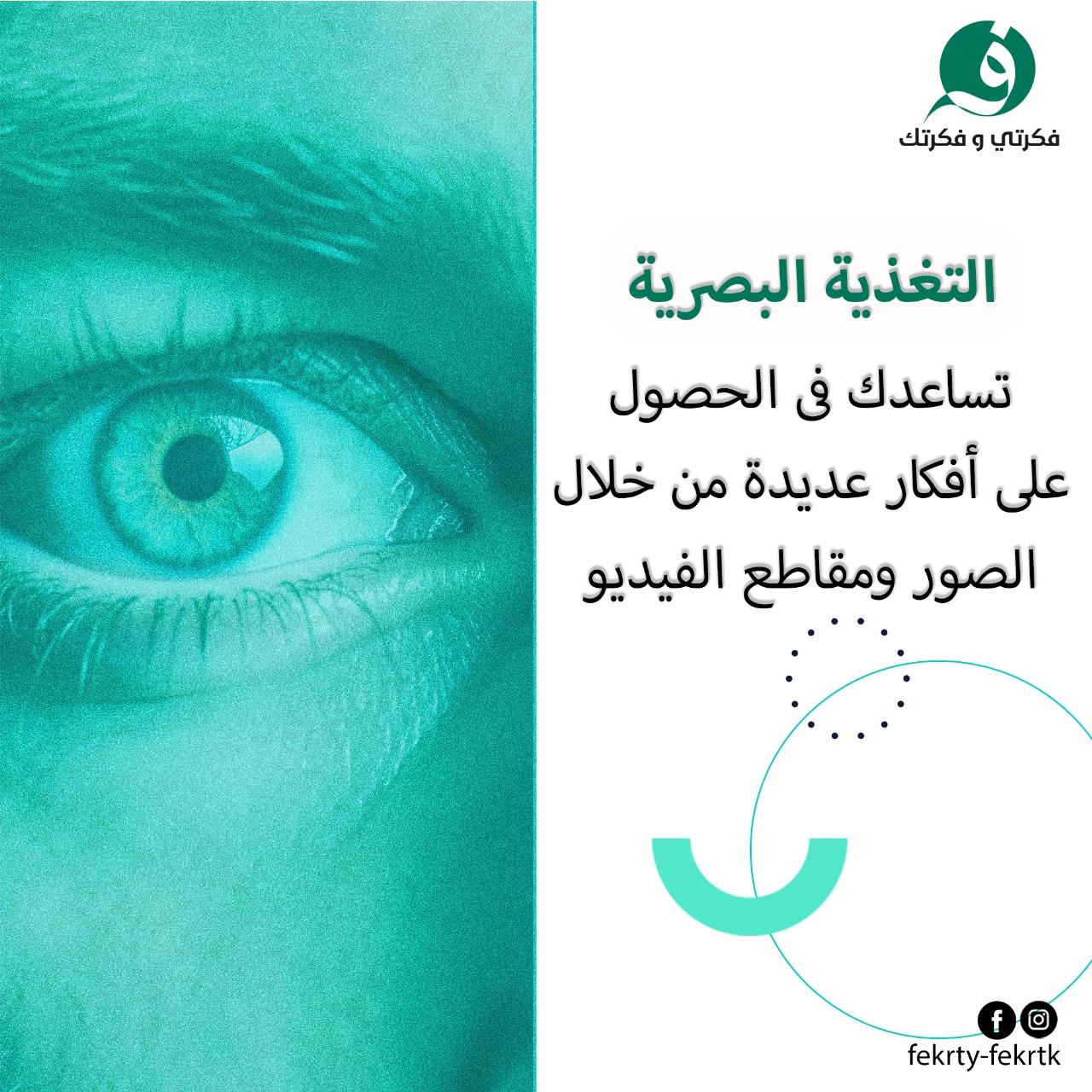The term “visual nutrition” might not be commonplace in English, but the concept is powerful. Just like we nourish our bodies with food, we can nourish our minds and souls with what we choose to see. In a world overflowing with imagery, from social media feeds to billboards and television, being mindful of our visual diet is more important than ever.
What is visual nutrition?
Visual nutrition goes beyond simply appreciating beauty. It’s about consciously consuming visuals that uplift, inspire, and stimulate us. This can include art, nature photography, documentaries, or even films that evoke positive emotions. Conversely, a steady stream of negativity, violence, or unrealistic portrayals can have a detrimental effect on our well-being.
The benefits of a balanced visual diet
Just like a balanced physical diet promotes overall health, a balanced visual diet can:
- Boost mood and reduce stress: Studies have shown that exposure to nature scenes can lower stress hormones and improve mood. Imagine replacing your morning scroll through negativity with breathtaking sunrise photos or calming forest landscapes.
- Enhance creativity: Immersing yourself in inspiring art or design can spark new ideas and ignite your creative fire. Instead of the endless stream of perfectly curated but ultimately unoriginal social media content, delve into the works of abstract expressionists or explore the innovative architecture in your city.
- Increase focus: Clutter and overwhelming visuals can be distracting. A curated visual environment can help you concentrate better. Think about the difference between studying in a messy room plastered with posters versus a clean, minimalist space with a single, inspiring artwork.
- Promote self-esteem: Consuming unrealistic beauty standards can negatively impact self-image. Break free from the endless loop of airbrushed models and perfectly posed influencers. Seek out visuals that celebrate diversity and body positivity, whether it’s photography that features people of all shapes and sizes or documentaries that explore the beauty of different cultures.
Curating your visual diet
Just like with food, there’s no one-size-fits-all approach to visual nutrition. Here are some tips to get you started:
- Be mindful of social media: Take control of your feeds. Unfollow accounts that make you feel bad about yourself or constantly bombard you with negativity. Instead, curate a space filled with positive affirmations, inspiring quotes, or the work of artists you admire.
- Seek out beauty in the everyday: Pay attention to the details around you – the play of light on leaves, the intricate patterns of a spiderweb, the way sunlight dances on a cup of coffee. Train yourself to appreciate the small moments of visual beauty that surround you.
- Explore art and museums: Surround yourself with inspiring works that challenge and stimulate your mind. Art museums aren’t the only option. Explore street art in your city, visit local galleries, or attend art shows.
- Spend time in nature: Immerse yourself in the calming and restorative power of the natural world. Go for a hike, have a picnic in the park, or simply sit outside and observe the world around you.
The Dark Side of Visuals:
- Information Overload: We’re bombarded with visuals constantly. Newsfeeds, advertising, and even traffic signs contribute to a cluttered visual landscape. This can lead to information overload, anxiety, and difficulty focusing.
- The Comparison Trap: Social media, especially, thrives on curated perfection. Constant exposure to unrealistic portrayals of beauty, lifestyle, and success can fuel feelings of inadequacy and social comparison.
- Desensitization: Violence, negativity, and disturbing imagery are readily available online and in some forms of entertainment. Overexposure can lead to desensitization, making us numb to real-world problems.
The Future of Visual Nutrition:
- Virtual Reality (VR) and Augmented Reality (AR): VR and AR experiences have the potential to be incredibly immersive and educational. Imagine “visiting” historical landmarks or exploring the human body in VR.
- Personalized Visual Diets: With the rise of AI and big data, personalized visual recommendations could become a reality. Imagine an app that suggests inspiring visuals or calming nature scenes based on your mood or needs.
By understanding the power of visual input and making conscious choices about what we see, we can cultivate a visual diet that nourishes our minds, bodies, and spirits. Visual nutrition isn’t just a trend, it’s a key aspect of our overall well-being in an increasingly visual world.
Remember, visual nutrition is a personal journey. Experiment and discover what visuals energize and inspire you. By making conscious choices about what you see, you can cultivate a visual diet that nourishes your mind, body, and spirit. You’ll be amazed at the positive impact it can have on your overall well-being.

Leave Your Comment